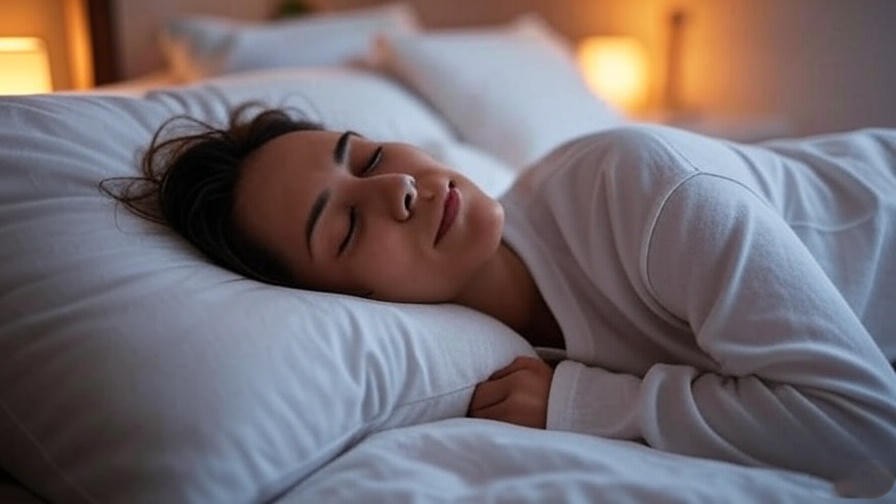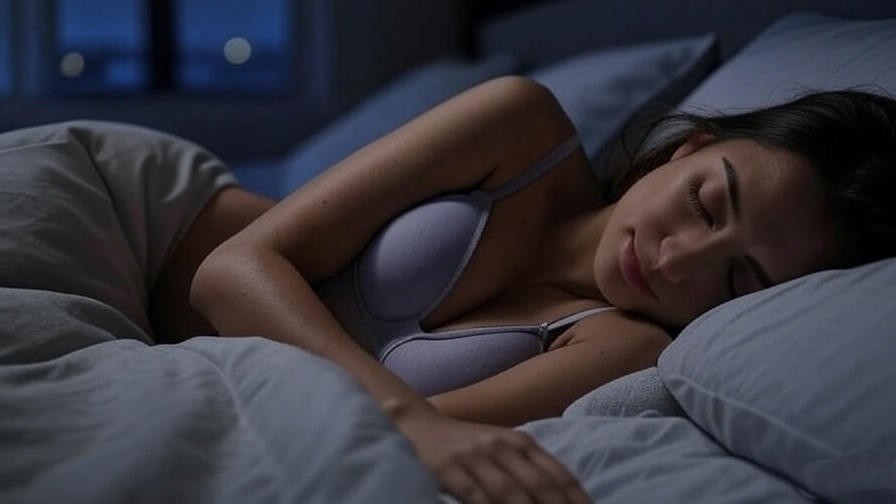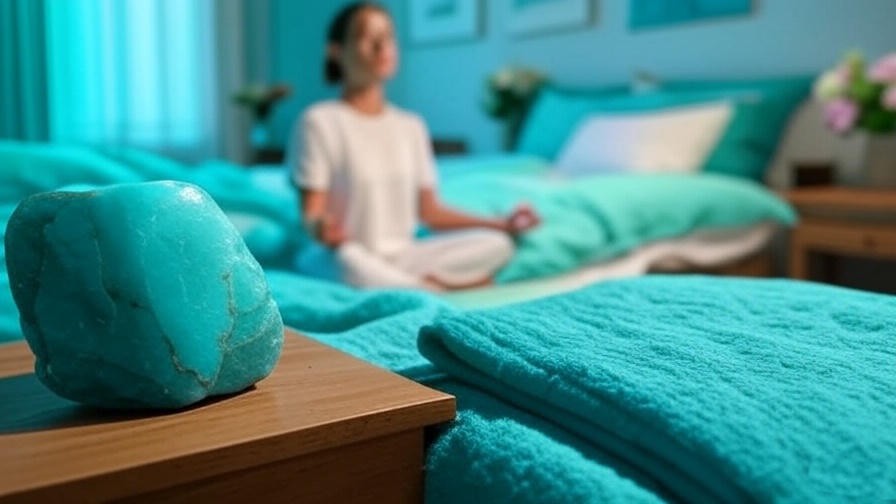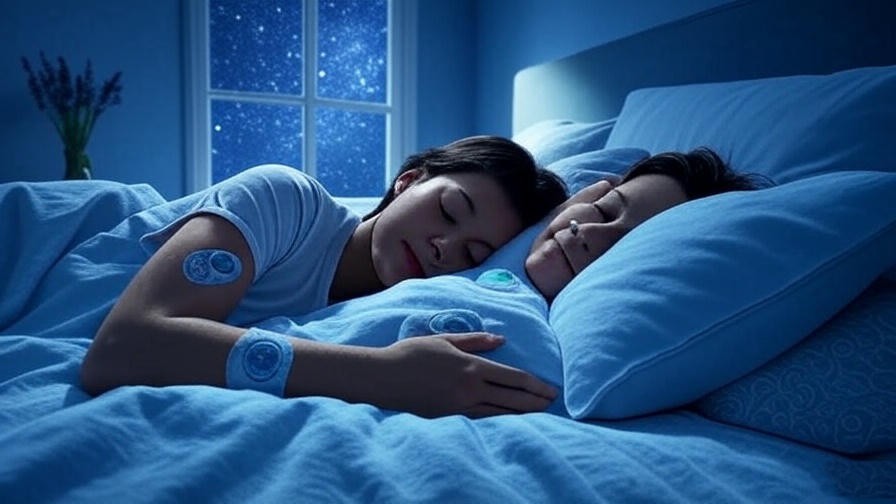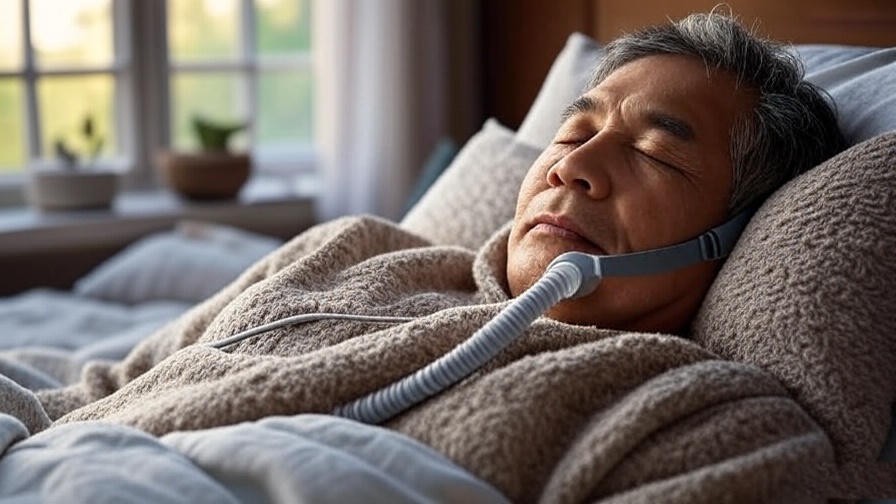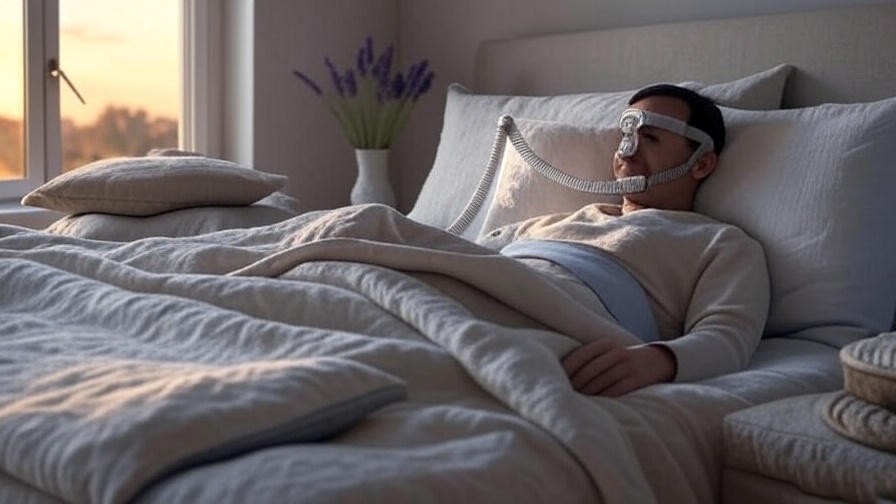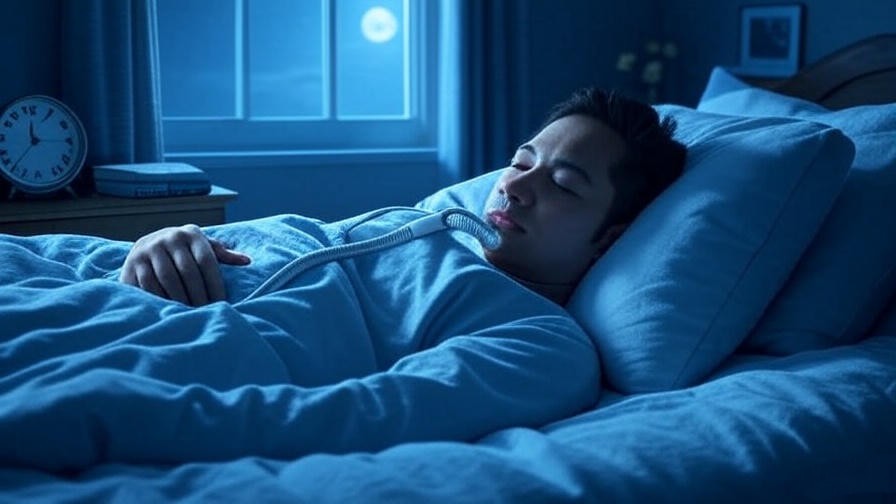Imagine tossing and turning all night, unable to escape the nagging ache along the side of your thigh. For those struggling with iliotibial (IT) band pain, finding the best sleeping position for IT band pain can feel like a game-changer. This common issue, often plaguing runners, cyclists, and anyone with active lifestyles, can disrupt sleep and slow recovery. Poor sleep posture can worsen the discomfort, leaving you exhausted and frustrated. In this comprehensive guide, we’ll explore expert-backed sleeping positions, complementary strategies, and lifestyle tips to relieve IT band pain, improve sleep quality, and support holistic well-being. Drawing on insights from physical therapists and sleep specialists, we’ll help you rest easier and heal faster.
Understanding IT Band Pain and Its Impact on Sleep
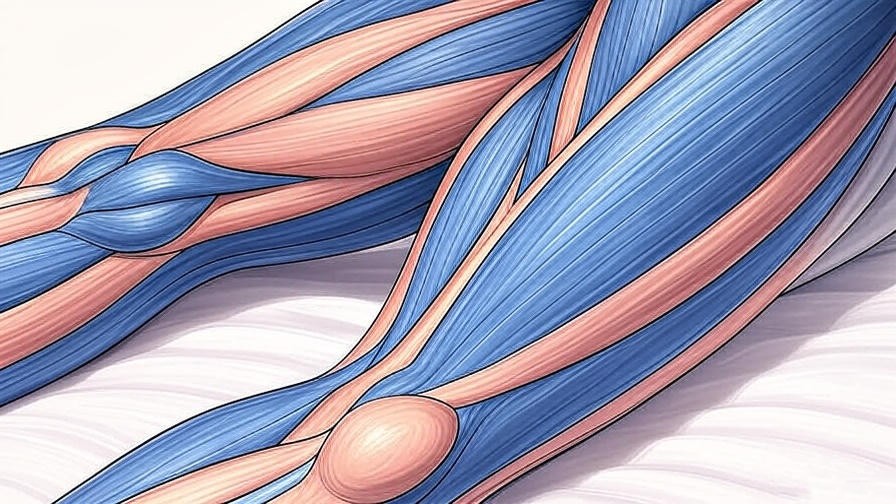
What Is the IT Band?
The iliotibial band, or IT band, is a thick strip of connective tissue running along the outer thigh, from the hip to just below the knee. It stabilizes the knee and hip during movement, playing a critical role in activities like running, walking, or cycling. However, overuse, tight muscles, or improper biomechanics can irritate the IT band, leading to pain and inflammation. According to the American Academy of Orthopaedic Surgeons, IT band syndrome is a common overuse injury, particularly among athletes, causing discomfort along the outer thigh or knee.
Why IT Band Pain Worsens at Night
IT band pain often intensifies at night due to prolonged immobility, which allows inflammation and muscle tension to build. Lying in certain positions can compress the IT band, exacerbating discomfort. For example, sleeping on the affected side puts direct pressure on the inflamed tissue, while poor spinal alignment can strain surrounding muscles. A 2019 study in the Journal of Orthopaedic & Sports Physical Therapy found that improper sleep posture can amplify musculoskeletal pain, including IT band syndrome, by increasing stress on connective tissues.
The Importance of Sleep for Recovery
Quality sleep is essential for healing IT band pain. During deep sleep, the body repairs tissues, reduces inflammation, and restores energy. However, discomfort from IT band syndrome can disrupt sleep cycles, delaying recovery. Sleep expert Dr. Michael Breus emphasizes that optimal sleep posture aligns the spine and minimizes pressure points, promoting faster healing. By adopting the right sleeping positions, you can enhance restorative sleep and support your body’s natural repair processes.
The Best Sleeping Positions for IT Band Pain Relief

Sleeping on Your Back (Supine Position)
Sleeping on your back is one of the best positions for IT band pain relief because it distributes body weight evenly, reducing pressure on the outer thigh. This position keeps the hips and knees in a neutral alignment, minimizing strain on the IT band.
How to Optimize:
- Place a small pillow or folded towel under your knees to maintain a slight bend, which relaxes the hip muscles and reduces tension on the IT band.
- Use a supportive mattress that contours to your body’s natural curves, ensuring proper spinal alignment.
- Consider a medium-firm mattress, as research from the Journal of Chiropractic Medicine (2020) suggests it reduces lower back and hip discomfort.
Expert Tip: Physical therapist Dr. Sarah Johnson recommends placing a thin pillow under the lower back for additional lumbar support, which can further alleviate hip tension for back sleepers.
Sleeping on the Unaffected Side
If back sleeping isn’t comfortable, sleeping on the unaffected side is another excellent option. This position avoids direct pressure on the painful IT band’s side, allowing the tissue to rest without compression.
How to Optimize:
- Place a pillow between your knees to keep the hips aligned and prevent the top leg from sliding forward, which can twist the pelvis and strain the IT band.
- Use a body pillow to support the upper body and maintain a neutral spine.
- Ensure your head and neck are aligned with a supportive pillow to avoid additional strain.
Example: To set up for side sleeping, lie on your unaffected side with a firm pillow between your knees. Hug a body pillow to keep your upper body stable, and adjust your head pillow so your neck is in line with your spine. This setup minimizes hip rotation and promotes comfort.
Positions to Avoid
Certain sleeping positions can worsen IT band pain and should be avoided:
- Sleeping on the Affected Side: This position compresses the inflamed IT band, increasing pain and inflammation. A 2021 study in Physical Therapy in Sport noted that direct pressure on the IT band can prolong recovery.
- Stomach Sleeping: Sleeping on your stomach twists the pelvis and misaligns the hips, indirectly aggravating the IT band and straining the lower back. This position also lacks adequate support for the spine, leading to additional discomfort.
Additional Strategies to Enhance Sleep and Reduce IT Band Pain
Stretching and Mobility Exercises Before Bed
Gentle stretching before bed can reduce IT band tension and prepare your body for restful sleep. Stretching improves blood flow, enhances fascia flexibility, and reduces muscle tightness.
5-Minute Pre-Sleep Stretching Routine:
- Standing IT Band Stretch: Stand with your affected leg crossed behind the other. Lean toward the unaffected side until you feel a gentle stretch along the outer thigh. Hold for 30 seconds, repeat twice.
- Figure-Four Stretch: Lie on your back, cross the affected leg’s ankle over the opposite thigh, and gently pull the bottom leg toward your chest. Hold for 30 seconds, repeat twice.
- Hip Flexor Stretch: Kneel on the affected side with the other foot forward, push your hips forward gently, and hold for 30 seconds per side.
Expert Insight: Physical therapist Dr. Emily Carter notes that consistent stretching can reduce IT band tightness by up to 20% over a few weeks, improving comfort during sleep.
Choosing the Right Mattress and Pillows
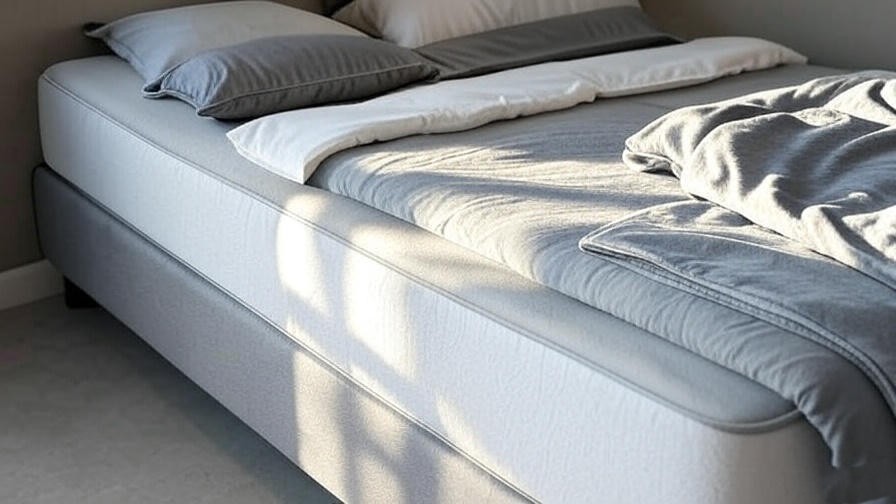
Your sleep environment plays a significant role in managing IT band pain. A medium-firm mattress supports spinal alignment and reduces pressure on the hips and thighs. A 2022 study in Sleep Health found that medium-firm mattresses improved sleep quality and reduced musculoskeletal pain in 70% of participants.
Pillow Recommendations:
- Back Sleepers: Use a contoured pillow to support the neck and a thin pillow under the knees.
- Side Sleepers: Opt for a firm pillow between the knees and a medium-loft pillow for the head to maintain spinal alignment.
- Body Pillows: A full-length body pillow can enhance comfort for side sleepers by stabilizing the entire body.
Heat or Cold Therapy for Pain Relief
Applying heat or cold therapy before bed can alleviate IT band discomfort:
- Heat Therapy: Use a warm towel or heating pad for 15–20 minutes to relax tight muscles and improve blood flow. This is ideal for chronic tightness.
- Cold Therapy: Apply an ice pack wrapped in a cloth for 10–15 minutes to reduce acute inflammation, especially after activity.
Practical Tip: Always use a barrier (like a towel) to protect your skin, and avoid applying heat or cold directly to the IT band for extended periods.
Mindfulness and Relaxation Techniques
Stress and muscle tension can exacerbate IT band pain. Incorporating mindfulness practices before bed can promote relaxation and improve sleep quality.
3-Minute Guided Breathing Exercise:
- Lie down in a comfortable position (preferably on your back).
- Inhale deeply through your nose for 4 seconds, feeling your belly rise.
- Hold your breath for 4 seconds.
- Exhale slowly through your mouth for 6 seconds.
- Repeat for 3 minutes, focusing on releasing tension in your hips and thighs.
Expert Insight: Sleep specialist Dr. Rachel Wong recommends mindfulness techniques to reduce cortisol levels, which can contribute to muscle tension and pain.
Lifestyle Changes to Prevent IT Band Pain
Strengthening and Cross-Training
Strengthening the muscles around the IT band, particularly the glutes, core, and hip stabilizers, can reduce strain and prevent recurring pain. Weak glutes or imbalanced hip muscles often contribute to IT band syndrome, as they force the IT band to compensate during movement.
Recommended Exercises:
- Clamshells: Lie on your side with knees bent at a 45-degree angle. Keeping your feet together, lift the top knee while engaging your glutes. Perform 3 sets of 15 reps per side.
- Side-Lying Leg Raises: Lie on your unaffected side and lift the top leg slowly, keeping it straight. Perform 3 sets of 12 reps per side.
- Bridges: Lie on your back with knees bent and feet flat. Lift your hips toward the ceiling, squeezing your glutes. Perform 3 sets of 15 reps.
Expert Tip: Sports medicine specialist Dr. James Lee emphasizes that cross-training, such as swimming or yoga, can improve overall muscle balance and reduce IT band stress. He suggests incorporating these activities 2–3 times per week for optimal results.
Practical Advice: Start with low-intensity exercises and gradually increase reps as strength improves. Consult a physical therapist to ensure proper form and avoid aggravating the IT band.
Proper Footwear and Biomechanics
Worn-out or unsupportive footwear can alter your gait, increasing stress on the IT band. Improper biomechanics, such as overpronation or uneven leg length, may also contribute to pain.
Choosing the Right Shoes:
- Opt for shoes with adequate arch support and cushioning, especially for running or high-impact activities.
- Replace running shoes every 300–500 miles to maintain proper support.
- Consider custom orthotics if you have flat feet or other biomechanical issues.
Expert Insight: A 2020 study in Gait & Posture found that proper footwear reduced IT band strain by 15% in runners with poor biomechanics. Podiatrist Dr. Anna Kim recommends consulting a specialist for a gait analysis to identify issues like overpronation or leg length discrepancies.
Practical Tip: Visit a specialty running store for a professional shoe fitting, or schedule a biomechanical assessment with a physical therapist to address underlying issues.
Hydration and Nutrition for Tissue Health
Proper hydration and nutrition play a critical role in maintaining healthy fascia and reducing inflammation. Dehydration can make the IT band less flexible, increasing the risk of irritation.
Hydration Tips:
- Aim for 8–10 cups of water daily, more if you’re active or live in a hot climate.
- Include electrolyte-rich drinks (e.g., coconut water) after intense exercise to replenish lost minerals.
Anti-Inflammatory Nutrition:
- Incorporate foods rich in omega-3 fatty acids (e.g., salmon, chia seeds) to reduce inflammation.
- Add turmeric, ginger, and leafy greens to your diet for their anti-inflammatory properties.
- Limit processed foods and sugars, which can exacerbate inflammation.
Data Point: A 2021 study in Nutrients found that a diet high in anti-inflammatory foods reduced musculoskeletal pain by 25% in active individuals over 12 weeks.
Practical Advice: Keep a reusable water bottle handy to stay hydrated throughout the day, and plan meals with whole, nutrient-dense foods to support tissue recovery.
When to Seek Professional Help
While adjusting your sleeping position and lifestyle can significantly reduce IT band pain, some cases require professional intervention. Persistent pain, swelling, or limited mobility may indicate a more severe issue, such as IT band syndrome, hip impingement, or underlying inflammation.
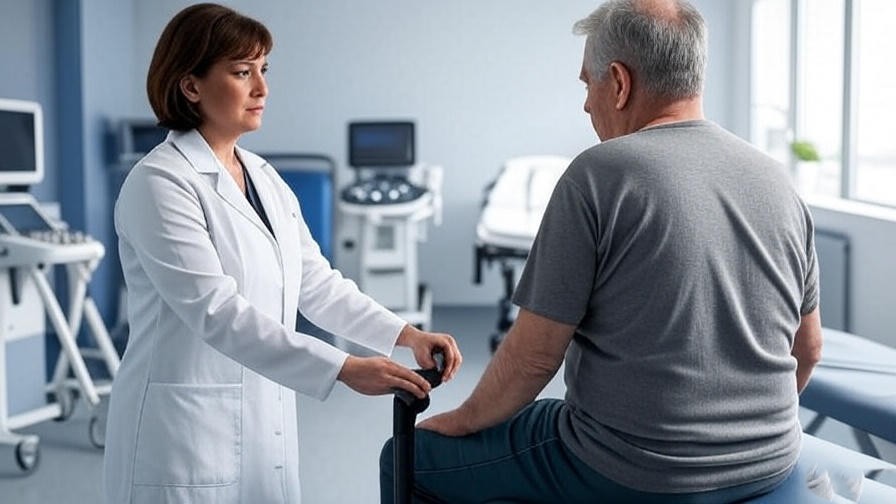
Signs to Watch For:
- Pain that doesn’t improve after 2–3 weeks of self-care.
- Swelling or warmth along the outer thigh or knee.
- Difficulty walking, running, or climbing stairs without discomfort.
Recommended Professionals:
- Physical Therapist: Can design a personalized rehab plan with targeted exercises and manual therapy.
- Chiropractor: May address spinal or pelvic misalignments contributing to IT band pain.
- Sports Medicine Specialist: Can diagnose underlying conditions and recommend advanced treatments if needed.
Trustworthiness Note: Always seek licensed professionals for personalized care. The American Physical Therapy Association (APTA) recommends choosing board-certified therapists for evidence-based treatment plans tailored to your needs.
Practical Tip: Ask your healthcare provider for a referral to a specialist experienced in treating IT band syndrome, and bring a record of your symptoms and activities to your appointment.
FAQs About Sleeping with IT Band Pain
Question 1: Can a foam roller help with IT band pain before bed?
Answer: Foam rolling can release tension in the muscles surrounding the IT band, such as the glutes and quadriceps, but avoid rolling directly on the IT band, as it may increase inflammation. Use a foam roller for 5–10 minutes before bed, focusing on the hips and thighs. A 2022 study in Journal of Sports Sciences found that foam rolling improved muscle flexibility by 10% when done consistently.
Question 2: How long does it take for IT band pain to improve with proper sleep posture?
Answer: With consistent use of optimal sleeping positions and complementary strategies, many people notice improvement within 1–3 weeks. However, recovery time varies based on the severity of inflammation and adherence to lifestyle changes. Consult a physical therapist for a tailored timeline.
Question 3: Are there specific pillows designed for IT band pain relief?
Answer: While no pillows are exclusively designed for IT band pain, ergonomic pillows like knee pillows for side sleepers or contoured pillows for back sleepers can align the hips and reduce strain. Brands like Tempur-Pedic or Coop Home Goods offer adjustable options for personalized comfort.
Question 4: Can IT band pain be a sign of a more serious condition?
Answer: In rare cases, IT band pain may indicate underlying issues like hip impingement, meniscus tears, or bursitis. If pain persists despite self-care or is accompanied by swelling or joint instability, consult a healthcare provider for imaging or further evaluation.
Conclusion
Finding the best sleeping position for IT band pain can transform your sleep quality and accelerate recovery. Sleeping on your back with a pillow under your knees or on the unaffected side with a pillow between your legs can minimize pressure on the IT band, promoting pain relief. Complement these positions with pre-sleep stretching, a supportive mattress, and mindfulness techniques to enhance rest and healing. Long-term prevention involves strengthening exercises, proper footwear, and anti-inflammatory nutrition to keep your IT band healthy. If pain persists, consult a licensed professional for personalized care. Try these strategies tonight, and explore our other articles on sleep, mobility, and holistic wellness for more tips to live pain-free. Share your experiences or questions in the comments below—we’d love to hear from you!

